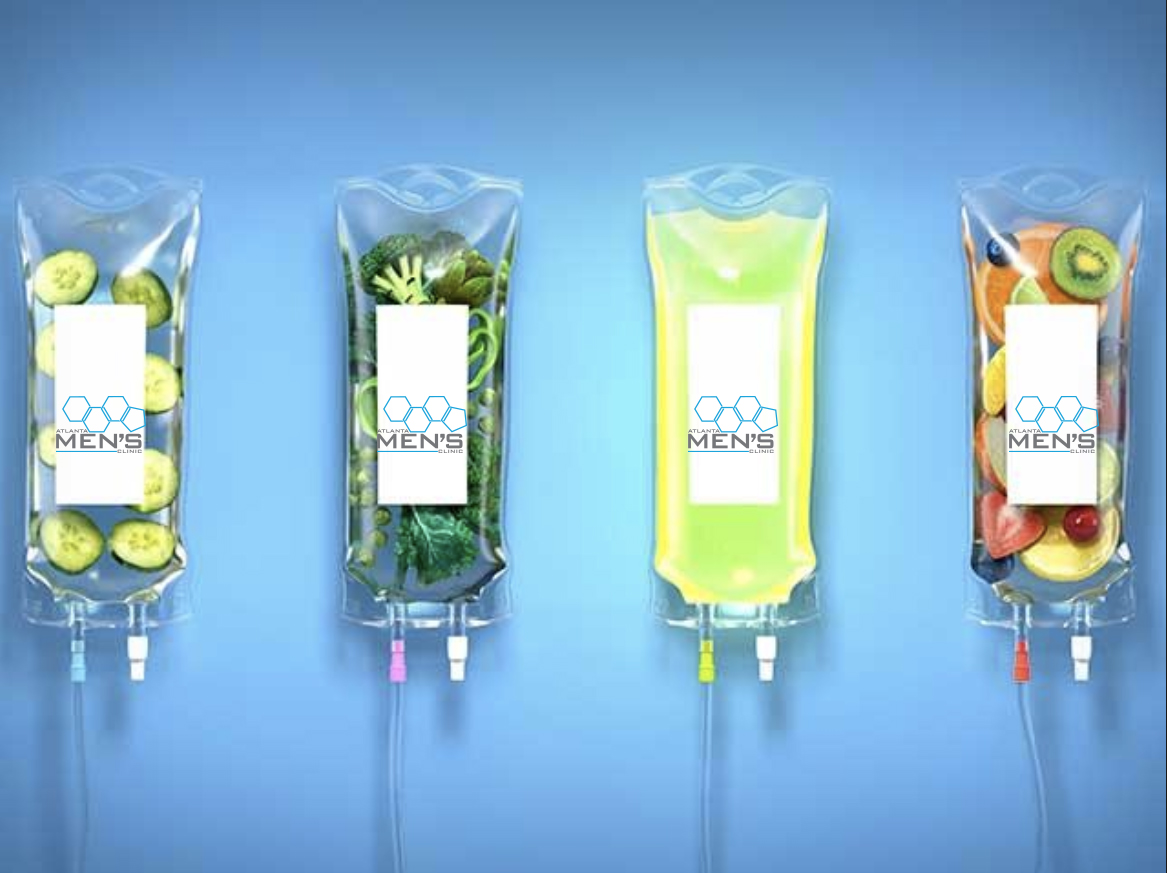A Medix perspective
For me – discussions over dehydration have always conjured up pictures of Bear Grylles with a cup of his favorite yellow morning brew – something I am sure we would all like to avoid. As a Medic, next to Cardiac related – dehydration is the biggest serious medical complaint athletes present with over the finish line. Although many articles cover this topic to nauseam we would like to share with you, a more physiological perspective.
1. Stay ahead of the game
From tongue to toe – fluids take time from entering the mouth and through the digestive system – to being filtered through the Kidneys – into the blood steam and ultimately into the cells. This means that hydrating is not instant and the key is to stay ahead with fluid intake. Once dehydration sets in, it takes hours to correct. This means your most important intake happens hours before the race and subsequently in the earlier stages of a race – not towards the end.
2. The Mathematics
Typically (under optimal conditions) our bodies passes 0.5 – 1ml’s per kilogram of urine every every hour (normal parameters): OUTPUT PER HOUR = WEIGHT X 0.5/1ml. As an example an 80Kg person should pass between 80 – 160ml of urine an hour (that is 800 – 2000ml p/day). If you are not heading to the John at least a few times a day, you are probably behind.
3. The Science
Your Kidneys act as a passive filter, working under the pressure of fluids entering them. This means if you gulp down larger amounts of fluids in one go, the Kidneys baroreceptors will sense overload and force fluids out to the bladder at a fast pace. A better solution is to take smaller sips on a more constant basis – allowing the Kidneys time to process and do their thing.
4. The Signs
The obvious signs include how often you pass, colour, cramping, fatigue and headaches – oh and thirst! Us Medics use a technique called “Skin Turgor” as well – Google it. But in a nutshell, you pull up the skin on your hand and release – the skin should snap back into position when well hydrated. If the skins return is slow or remains up – it is a sign of cellular dehydration. Practice on yourself when well hydrated, so you have a good base line for comparison when not.
5. Electrolytes
Simple answer is ALL electrolytes are crucial and each plays its own role in the cellular function. Rehydrate solutions need to be isotonic – meaning that they are in the correct balance and this also means diluting the solution with the correct amount of water (so if the solutions tastes very sweet – you probably mixed it too strong). An imbalance will cause a shift of electrolytes which in turn causes fluids to follow – into or out of the cells. In the Medical tent, moderate and severe dehydration gets fixed with IV fluids (called the Banana Bag) which often includes Magnesium sulphate (MgSO4), B12 & BCo, Dextrose and other “special ingredients”.
6. Other stuff to know:
• Coconut water is one of the best sources for electrolytes.
• Banana’s don’t provide enough Potassium to be of any significance.
• Universal formula for replacing salts & sugars is:
o ½ teaspoon salt, 6 teaspoons sugar mixed with 1 liter boiled / clean water.
• Don’t drink your own pee – it tastes bad.
Jacques
Medical Coordinator for FRONTIER MEDIX


Recent Comments